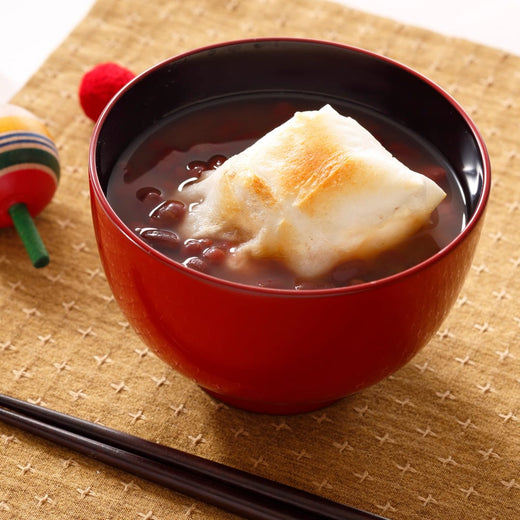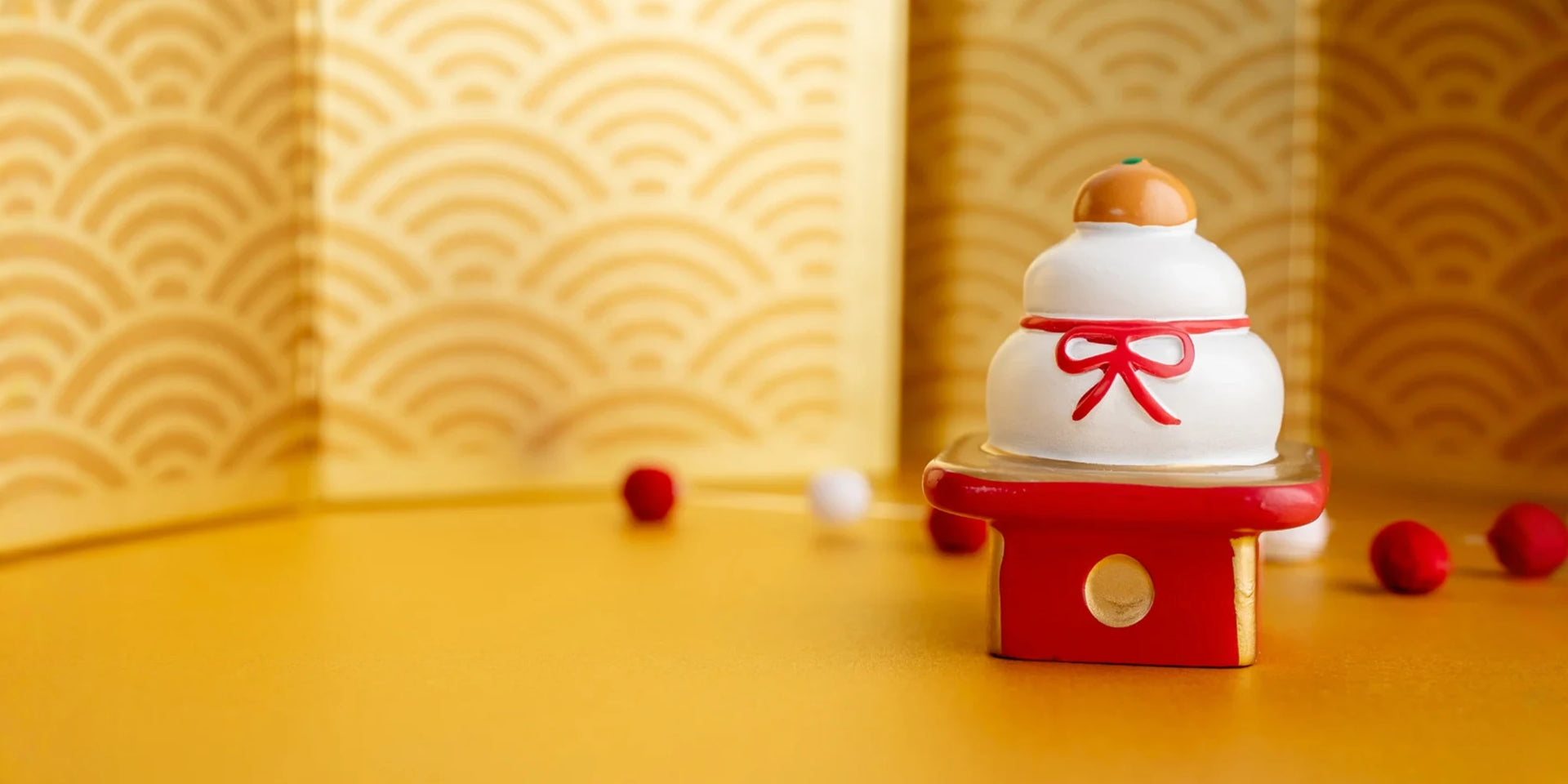
January
A fresh start for the new year!
January marks the beginning of a new year. In Japan, it’s a special time for celebrating the New Year, with families gathering, visiting shrines for hatsumōde, and enjoying osechi cuisine. Streets are decorated with traditional ornaments, and shoppers rush to grab lucky New Year’s grab bags (fukubukuro). It’s also a great time to set goals for the year ahead. Though the weather is cold, the crisp winter air makes for a refreshing start to the year.
A fresh start for the new year!
Hatsumōde
January marks the beginning of a new year. In Japan, it’s a special time for celebrating the New Year, with families gathering, visiting shrines for hatsumōde, and enjoying osechi cuisine. Streets are decorated with traditional ornaments, and shoppers rush to grab lucky New Year’s grab bags (fukubukuro). It’s also a great time to set goals for the year ahead. Though the weather is cold, the crisp winter air makes for a refreshing start to the year.
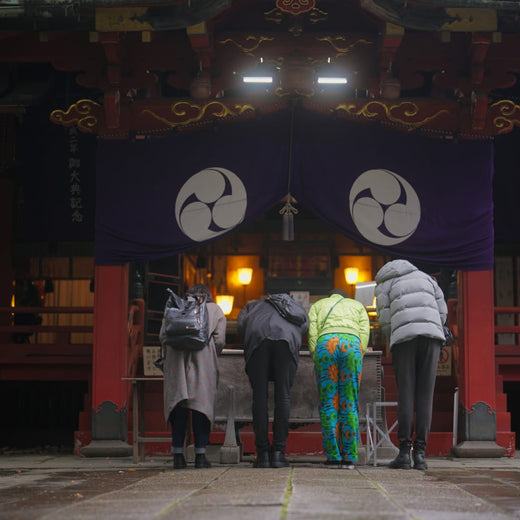
Japan and Omikuji
Discover your fortune for the year! During hatsumōde, many people draw omikuji (fortune slips) to see what the new year holds. The results range from "Great Blessing" (Daikichi) to "Curse" (Kyo), covering aspects like love, work, and health. A good fortune is kept as a charm, while a bad one is tied at the shrine to ward off misfortune.
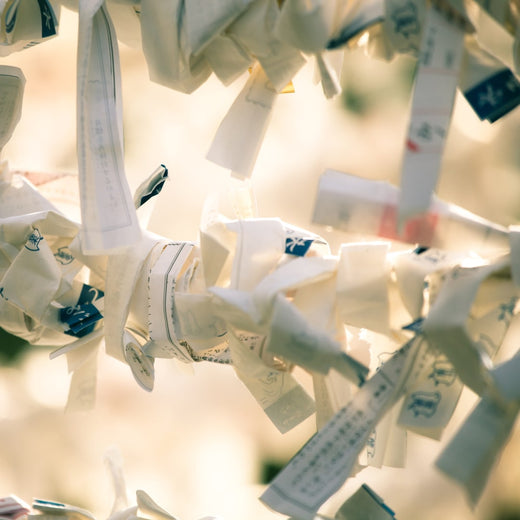
Japan and Coming of Age Day
Congratulations to the new adults! On the second Monday of January, Japan celebrates Seijin no Hi (Coming of Age Day) for those turning 20. Many attend ceremonies in formal attire—women wear elegant furisode kimonos, while men don suits or traditional hakama. This marks their step into adulthood with new responsibilities and opportunities.
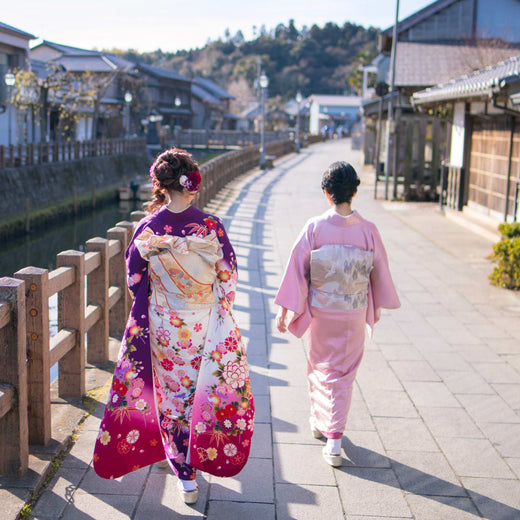
Japan and Kagami Mochi
A symbol of the New Year! Kagami mochi consists of two stacked rice cakes and is offered to the Toshigami (New Year deity). On January 11th, during Kagami Biraki (Breaking of the Mochi), families break and eat it to bring good health and fortune for the year.
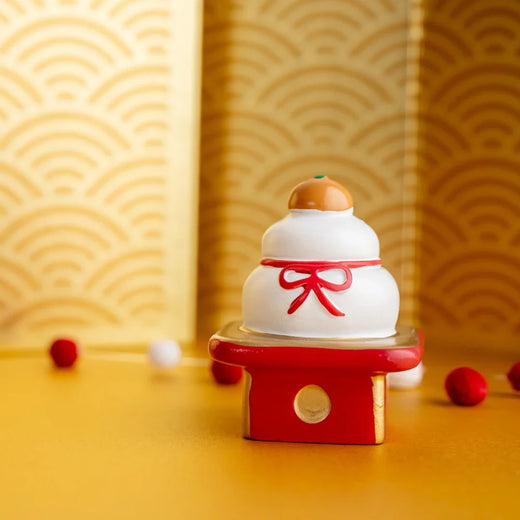
Japan and Osechi Ryori
A feast for the New Year! Osechi ryori is a beautifully arranged traditional meal enjoyed during shōgatsu (New Year). Each dish carries a special meaning—black beans for health, herring roe for prosperity, and shrimp for longevity. Packed in tiered boxes, it’s a delicious way to welcome the new year with family.
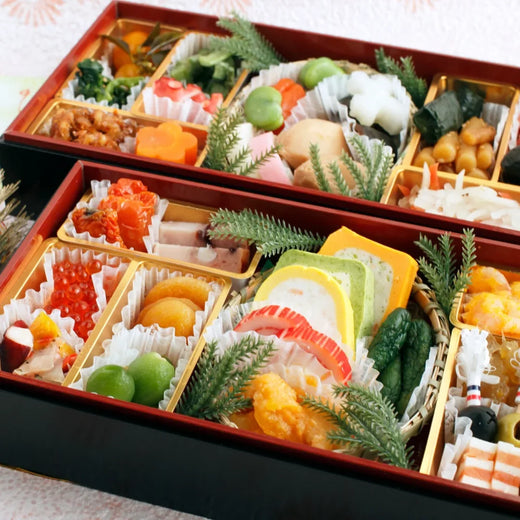
Japan and Ozoni
A New Year's dish with regional flavors! Ozoni is a warm soup with mochi, enjoyed during the New Year. The broth varies by region—soy sauce-based in eastern Japan, white miso-based in the west. Each family has its own special recipe, making it a nostalgic dish for many.
